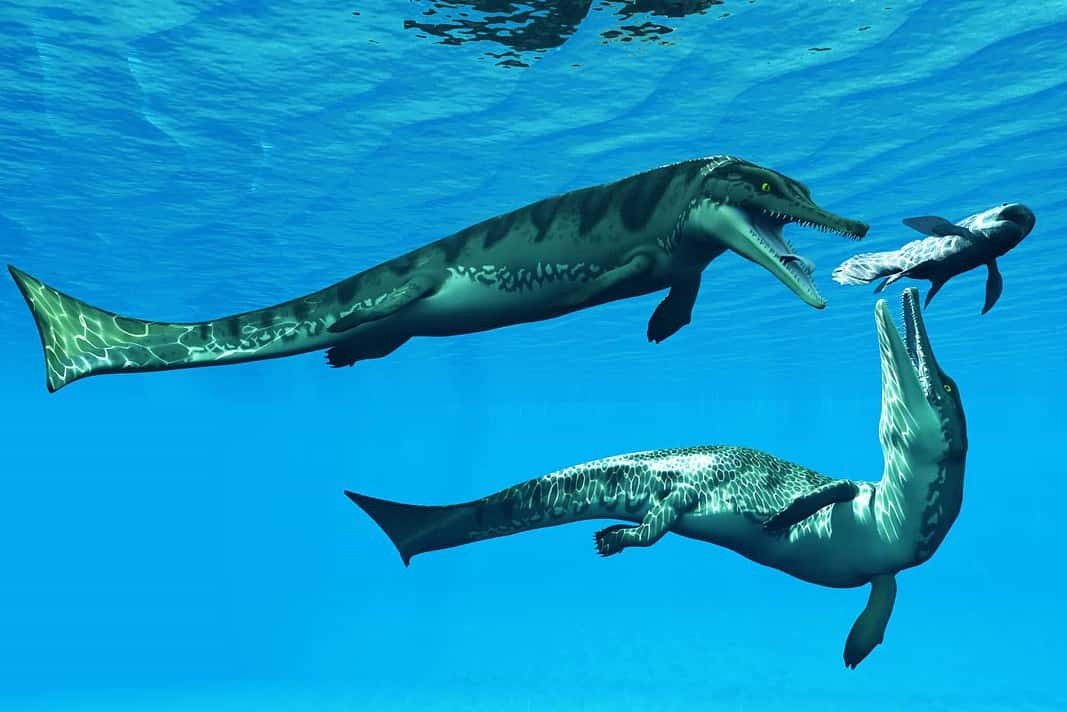Researchers have created a map of oceanic “dead zones” that existed millions of years ago when the Earth’s climate was two to three degrees warmer than it is now.
The work, published in the journal Nature Communications, could provide a glimpse into the locations and potential impacts of future low oxygen zones in a warmer Earth’s oceans.
Oxygen minimum zones, or OMZs, are areas in the ocean where oxygen levels in the mid-waters (from 100 to 1000 meters — 328 to 3,280 feet — below the surface) are too low to support most marine life. These dead zones play an important role in the ocean’s overall health.
Catherine Davis, assistant professor of marine, earth and atmospheric sciences at North Carolina State University and corresponding author of the research, says:
“OMZs are very important for geochemical cycling in the ocean. They occur in areas where sunlight and atmospheric oxygen don’t reach. Their locations dictate where carbon and nitrogen (an essential nutrient for all life on Earth) are available in the ocean – so they’re important drivers of nutrient cycles.”
Being able to predict the location of OMZs is important not only for understanding nutrient cycling, but also because of their effects on marine life. Oceanic dead zones restrict the range of animals to the shallow surface ocean where oxygen is more plentiful.
Davis and her colleagues wanted to figure out how a warmer climate might impact future OMZs. So they looked to the Pliocene epoch, (5.3 to 2.6 million years ago) when the Earth’s atmospheric CO2 levels were close to what they are now.
Davis says:
“The Pliocene is the last time that we had a stable, warm climate globally, and the average global temperature was 2 C to 3 C warmer than it is now – which is what scientists predict could be the case in about 100 years.”
To determine where Pliocene OMZs were located, the researchers used tiny fossilized plankton called foraminifera. Foraminifera are single-celled organisms about the size of a large grain of sand. They form hard, calcium carbonate shells, which can stay in marine sediments.
One species in particular – Globorotaloides hexagonus – is found only in low oxygen zones. By combing through databases of Pliocene sediments to locate that species, the team was able to map Pliocene OMZs. They overlaid their map onto a computer model of Pliocene oxygen levels, and found that the two agreed with each other.
The OMZ map showed that during the Pliocene, low-oxygen waters were much more widespread in the Atlantic Ocean – particularly in the North Atlantic. The North Pacific, on the other hand, had fewer low-oxygen areas.
Check out the paper here.

